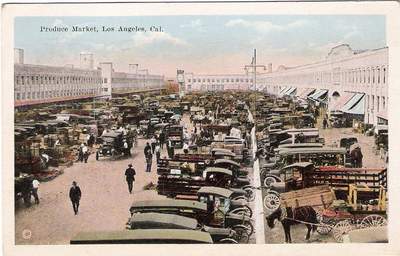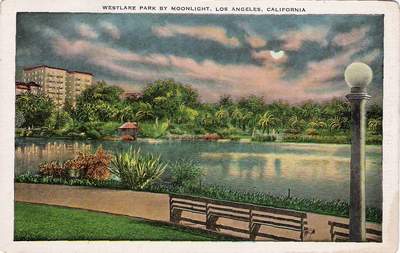History of the City of Los Angeles
Page One
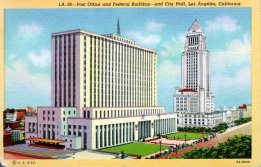 |
Los Angeles The City of the Angeles by
Florence E. Winslow |
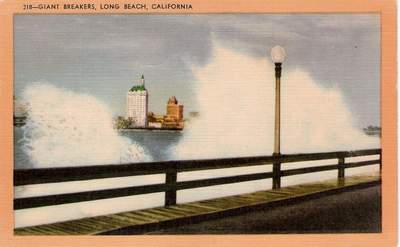 |
"Very near the terrestrial paradise," said the old Spanish explorer of the sunlit country, where stood in a later century the pueblo of Los Angeles. Very near the terrestrial paradise has it seemed to weary travelers, hopeful invalids, and delighted home-makers, who have from year to year wandered across the desert to find rest, health, and comfort in a climate where the terms winter and summer are misnomers, where snows are seen only on the mountain-tops above the flowering plain, where severe heats are unknown, and where Nature rewards those who seek her gifts in largest measure. Climate and situation are the environing elements which count for most in the development of the history of Los Angeles. These are responsible both for the easy, courteous, pleasure-loving lives of the Spanish rancheros, and the strenuous, vivid, progressive, municipal experiences of the Americans in this modern "pleasure city." |
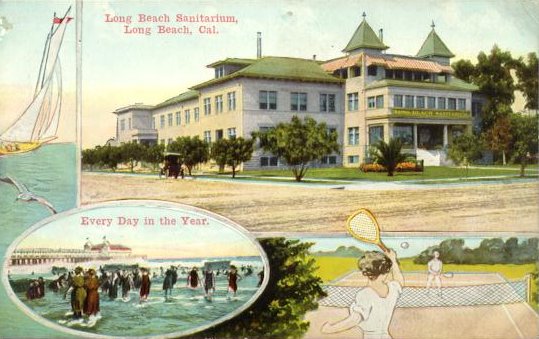 |
|
| Los Angeles treasures the memory of ancient Spanish days of daring and romance, among which lie the beginnings of its civil life. All that is left of the old Pueblo de Nuestra Senora la Reina del los Angeles may be seen now clustered about the old plaza, with its church, in what is known as Sonora town. Here the sun-baked adobe walls of the houses nestle, with their Mexican residents, in the midst of the bustling city, awaiting the final decay which marks the passing of the Pueblo. | |
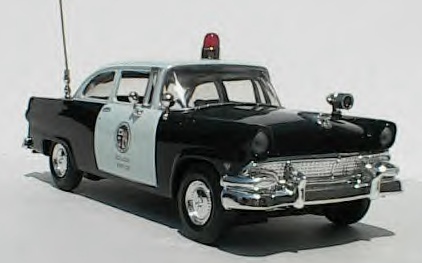 |
|
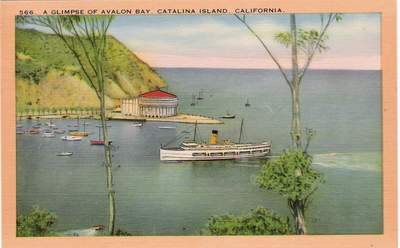 |
Precedent to later social conditions of ease, the careful student will find in the lives of the earlier settlers of Alta California a strong, vital, self-sacrificing religions impulse, which, upon Pacific as upon Atlantic shores, induced the initial movement in a civilization which moved to its attempted end indifferent to climate or environment, and using the material only to subserve the interests of the dominant spiritual. Junipero Serra, with his mission settlers of 1769, was in subtlest ways akin to the Pilgrim Fathers of the preceding century. As Los Angeles was but a humble dependent on San Gabriel Mission, its beginnings may best be traced in connection with the history of the mission fathers, the earliest colonizers and civilizers of the sunset land. Their unstinted and self-sacrificing devotion to the Indians of California, their great mission trade-schools, where not only the salvation of souls but the training of the minds and hands of the neophytes was undertaken, their wise administration of their trusts, both spiritual and material, make this initial movement in the colonization of California one of the brightest incidents in the story of the Golden West. |
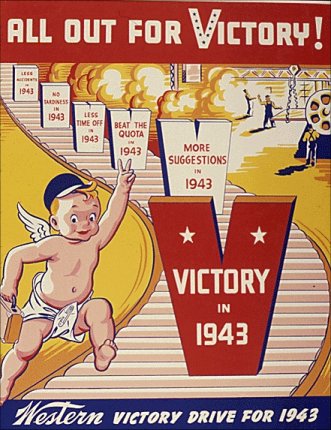 |
|
 |
Out of the mists of romance which envelop the earlier explorers of the Pacific Coasts appear the forms of Cabrillo and Vicarious, the first historic visitors to Southern California. It may be that Francisco de Ulloa had in 1539 gained from the Pacific a glimpse of the land, or that Hernando de Alarcon from the Gila country saw the plain of Los Angeles in 1540. Sure it is that Cabrillo in 1542, and Vizcaino in 1603 visited San Diego and San Pedro, the port of Los Angles. The latter landed at San Diego, seeking a suitable port for ships engaged in trade with the Philippines, dug wells, and erected a church tent for three friars who were of the party, and then for 166 years this "fair land without snow" drops out of history. It is left to its Indian residents, left treasuring its resources for future generations, for new peoples. |
 |
|
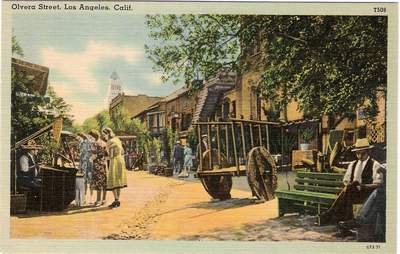 |
In 1769 came Junipero Serra - saint, hero, and Franciscan father. In him the romance of missionary enterprise finds embodiment; with him and his missions the colonization of Alta California began. The missions in the peninsula of Lower California were, by the expulsion of the Jesuits in 1767, left in charge of the Franciscans, and Serra's burning zeal for the conversion of the Indians led him to urge the prosecution of a long-cherished plan of the Government. This was to provide the Manila ships with good ports on the northwest coasts and to promote settlements there. There was a union of spiritual and physical forces - soldiers under the military government of Portola co-operating with the missionaries under Serra. Four expeditions, two proceeding by sea and two by land, were reunited at San Diego, where, on July 16th, the noble missionary dedicated the first mission in Alta California. It was but two years later that the Mission San Gabriel Arcangel was founded, with solemn chants of Veni, Creator Spiritus and Te Deum Laudamus, and in the presence of many Indians. Serra, who had entered in a littler the land of promise where his zeal and courage were to accomplish so much, had already traveled toward San Francisco, crossing mountain and desert on foot, and establishing the Mission of San Carlos. The missions sere firmly organized and devoutly conducted, and there were eighteen of them by the end of the century. Forty padres had gathered in these first industrial training-schools a population of 13,500 converted Indian neophytes, to whom they had taught the arts of civilization. |
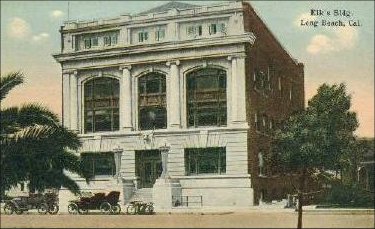 |
|
| San Gabriel became one of the richest missions. Its church has never been disused; to-day it welcomes strangers as in the time when it received those weary pilgrims, the founders of Los Angeles, who came from Loreto across the deserts of Colorado, on the route first taken by Anza through the San Gorgonio pass, and were provided by the hospitable fathers with all that was needed for rest and refreshment. The centre of the civiized and agricultural life of the district, San Gabriel, was a great material as well as spiritual force. It had its guard of ten soldiers and its three padres. Two of these, Cruzado and Sanchez, ministered side by side to the California Indians for thirty years, and the latter had a missionary experience of fifty-five years. | |
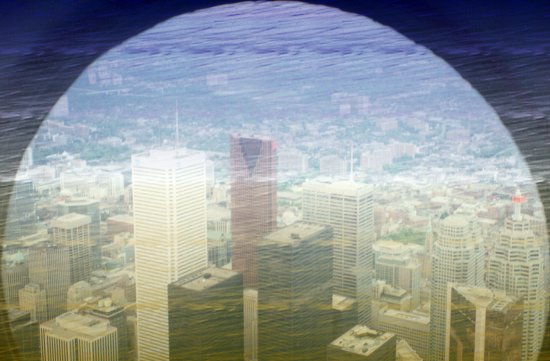 |
|
| The name of Los Angeles is first found in the Mission report of 1773. It is given to the river first named Porzinucula discovered by Portola's expedition of 1769. This discovery, as recorded by Padre Crespi, was made upon the anniversary of the feast of our Lady of Angels. The Pueblo de Nuestra Senora la Reina de los Angels was founded in 1781. Till then there had been in the new country only missions and presidios, the military stations; but the settlement of colonies in pueblos was part of the orginal Spanish plan, and the necessity of obtaining addtional suppoies for the use of the presidios gave the needed stimulus. | |
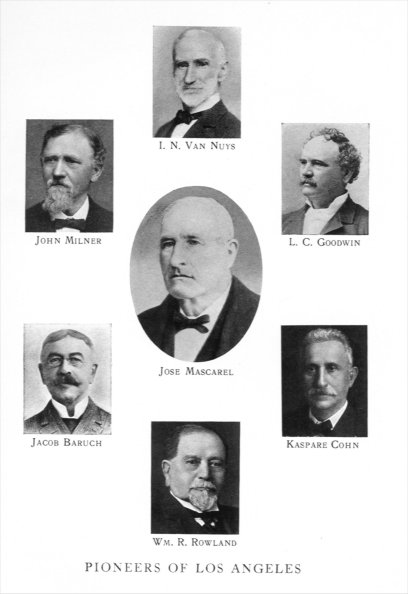 |
|
|
Under instructions issued by Governor Neve a site for a dam was first selected, water being then as now a primary essential. The bueblo was placed on high land near these facilities for irrigation, a plaza of two hundred by three hundred varas being laid out, with corners facing the cardinal points, so that three streets should run perpendicularly from each of its four sides, that no street might be swept by the winds. Yet tradition saith that Los Angels winds have not kept always to the crdinal points. Solares, or house-lots, of twenty by forty varas were given to settlers in numbers equal to the available suertes, field-lots. Two suertes of dry, and two irrigable land, were given to each family. One fourth of the suertes were left vacant, as realangas or government lands, while a number, called proprios, were reserved for minicipal expenses. Colonists received ten dollars a month each, for two year; also regular rations, seeds, clothing, and live stock. Twelve men with their families, including eleven women and twenty-six children, were the colonizers of Los Angeles. They were principally Spanish soldiers. One September 14, 1781, the plaza of the new town was solemnly dedicated by the mission priests, who came in procession from San Gabriel, attended by Indian neophytes and a guard of soldiers. To the twelve settlers, twelve building-lots were given. These were laid out on three sides of the plaza, while the fourth was reserved for a church and public buildings. In 1786 the Governor sent Jose Arguello to formally renew the leases of houses, lots, and brandingirons. At this time not one seeler could sign his name. A small church was erected in 1784. It was but twnety-three by fifty feet in size, and was served by the padres of San Gabriel. One of these, Padre Oumetz, was for thirty years a companion of Serra in his missionary labors. he died at San Gabriel in 1811. It was at least twenty years before Los Angeles ceased to be dependent on San Gabriel and to devolop a small trade of its own. Outside the pueblo provisional grants of ranchos were soon made. The largest and best of all of these was known later as Los Neitos, and was given to the heirs of Manuel Nito by Figueroa, who divided it into tracts in 1834. The Dominquez rancho, given by Fages to Don Jose Dominquez, was regranted by Sola in 1822 to Sergeant Christobal Dominquez. La Zanja, the home of the Verfugos, the Encino and Simi racnhos, Las Virgines, El Conejo Santa Ana, the Bartolo Tapia and Antonio Maria ranchos, were the homes of such families as the Picos and Ortegas, whose wealth and power contributed to the future glory of the pueblo near which they lived, while the Felix ranch was actually within the pueblo bounds |
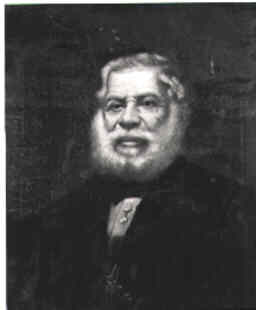 |
|
Don Pio Pico - The Last Mexican Governor
|
Settled alrgely by soldiers, Los Angeles came under military government and was slow to develope self-governing local principles. It was ruled by commissionados, of whom Felix was the first, and by alcaldes. But local jurisdiction was limited, and cases went beyond the towns to be decided by military garrisons a hundred miles away. By 1810 the population was 365 and the crops in the fertile, well-watered plain amazingly large. By 1820 the ninety-one pobladores now occupying the town site were able to supply much produce to the presidios, while 56,600 vines were flourishing in the vineyards about San Gabriel. |
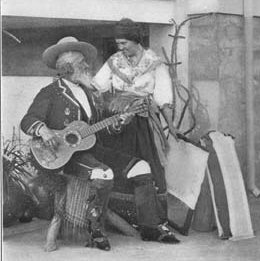 |
|
Don Antonio F. Coronel
|
In 1814 Padre Gil Taboada laid the cornerstone of a new church, but the site was changed and there was difficulty in raising the necessary funds; so the building was not completed until 1822. The builders were Indian neophytes, who were paid at the rate of one real (12 1/2 cts.) a day. The citizens contributed five hundred cattle, and the missions subscribed seven barrels of brandy, worth $575, wine, cattle, and mules. A new government building was added, and both this and the church were surrounded by houses of the aristocracy. Ignacio Coronel was one who at this time petitioned for a house-lot near the "new" church. The first reisent priest, Fray Geromino Boscana, took possession oof his parish house in a town of six hundred souls. The church was enlarged in 1841, and reroofed in 1861. Education in Los Angeles began with a village schoo. taught by Maxima Pina, who began his labors in 1790, receiving a salary of $140 a year. Coronel was a later teacher. |
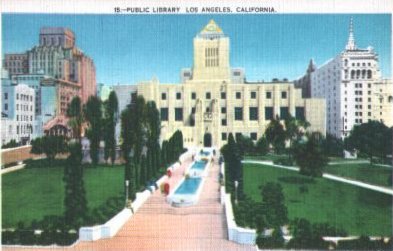 |
|
| In 1882 California became a province of the Mexican Empire, the military office was abolished, the alcaldes were retained, a secretary and treasurer were added, and an elective body, the Ayuntamiento, was established. Thus the government of Los Angeles went on about as it had gone under the rule of Spain. The Ayuntamiento as elected anually until 1839, and proved a most versatile body, constantly changing its political attitudes during the controversies of later years. | |
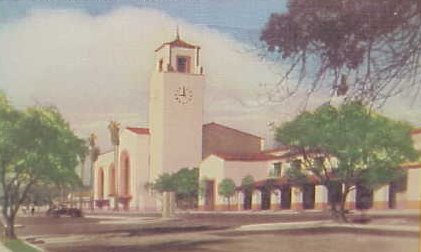 |
|
| The mission fathers made little objection to this change of government, but when, in `824, Mexico became a republic and Alta California its territory, they opposed themselves to the ruling powers. From this time on the Mexican Government pressed its plans of secularization until, in 1834, the ruin of the missions was complete, and that of the gentle Indians, whose rights they had hitherto guarded, was begun. | |
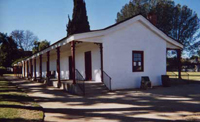 Early
Adobe Early
Adobe |
|
| Durant Cilly, a vistor to Los Angeles in 1827, found a "city of gardens," and in 1830, a properous year of large crops, there were one thousand inhabitants who, by vessels landing at the port of San Pedro, engaged in a large trade in hides and tallow. | |
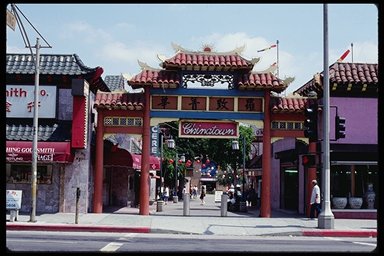 |
|
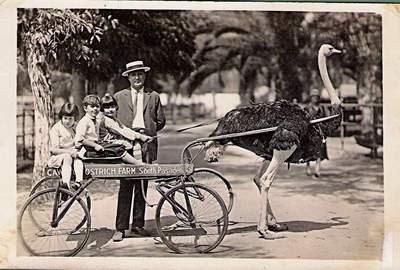 |
In 1818 the first American arrived in Los Angeles. He was followed by a succession of trappers and hunters. There was Captain Paty who, with a party of Kentucky trappers, visited the town and was baptized into the Catholic fiath at San Diego, Don Pico acting as sponsor. Pryor's party settled in the pueblo, and built houses and planted vineyards. Next came sailors of the brig Danube, which went ashore off San Pedro on Christmas Eve, 1828. These were all hospitably welcomed in Los Angeles. Samuel Prentice of Connecticut came, and John Gronigen, the first German settler, planted his vineyard on the ground afterwards occupied by the Domingo block. A trade with Santa Fe' sprang up, and Wofskill, who came with a party of trappers in 1830, brought Mojave blankets, exchanging them mules. In 1823-33 more Americans came from New Mexico. There were Paulding, Carpenter and Chard, Moses Carson, and later Benjamin Hayes, who was for eleven years district judge of Los Angeles, and, after 1847, more trappers and many sailors, who were willing to remain and plough land. Last of all came the American merchant, farmer, and speculator. By 1836, there were in Los Angeles forty-six foreigners, of whom twenty-one were Americans; also 553 Indians, the remaining 2228 inhabitants of the district being Mexicans and Spaniards, the latter of pure Castilian blood, with a generous and wise pride in a high descent, the aristocrats of the coast. |
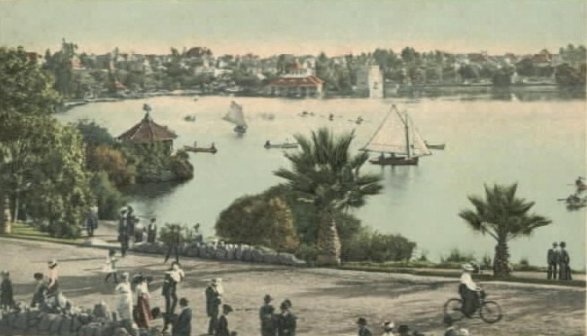 |
Continued on page two. |
© 2005 by Ray Ensing
